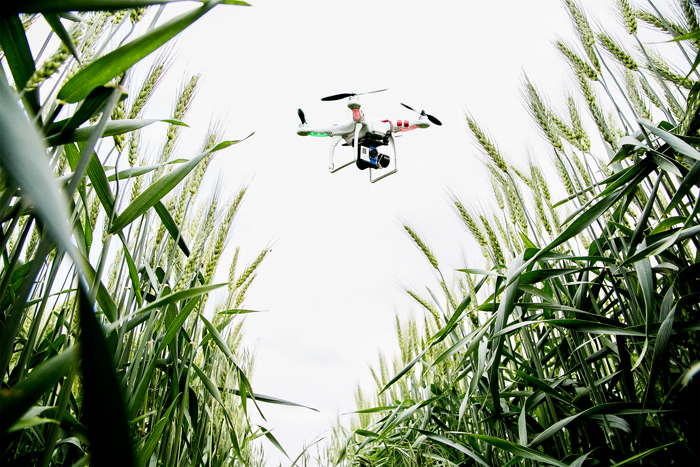Drones give farmers eyes in the sky

Crop researchers at the University of Illinois in the US are experimenting with the use of drones in the upcoming growing season.
The drones – unmanned aerial vehicles – will be tested on the university’s South Farms. The drones are uses to take aerial pictures of crops growing in research plots on the farms, doing some scans over the Uni’s herbicide studies to see if the drone photography can help to identify where crops are stressed by post-emergence herbicide applications.
For farmers, aerial photographs taken by drones offer a quick and easy way to check on the progress of crops and determine where they may need to replant or direct pesticide applications.
Both drones the University is using are multirotor helicopters, or quadricopters. Using rechargeable lithium polymer batteries, each drone can make flights of about 10 to 15 minutes. The computers in the drones are similar to those used in smartphones.
“Standard pictures and video taken with drones can tell us a lot,” Dennis Bowman, a crop sciences educator at the University said. “But what we’re looking to give us even more information is multispectral cameras that can give us imagery in other wavelengths, such as near-infrared, to help us identify areas of crop stress. It probably isn’t going to tell us what the problem is, but it will tell us where problems are so that we can target our scouting in those specific areas and determine what might be occurring.”
Source: Sciencedaily.com











